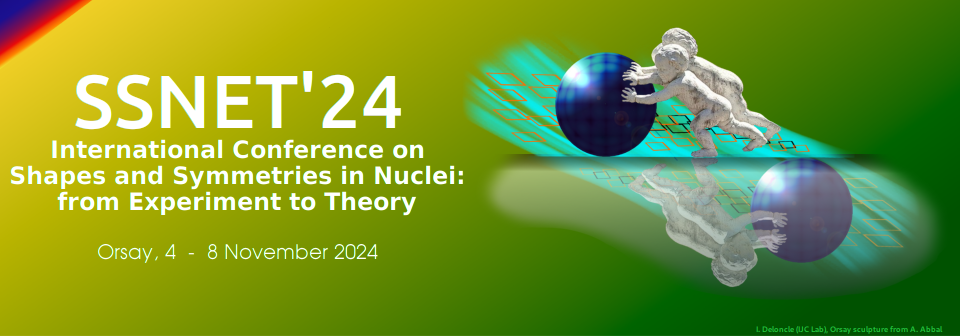Orateur
Description
Neutron-rich, heavy, EXotic nuclei around the neutron shell closure at N=126 and in the transfermium region are accessible via multinucleon Transfer reactions which feature relatively high cross sections. The wide angular distributions of the multinucleon transfer products lead to experimental challenges in their separation and identification.
In my presentation, I will give an overview on how we plan to overcome these challenges with the new NEXT experiment at the PARTREC facility in Groningen. Furthermore, I will highlight some latest results from multinucleon transfer studies at the RITU separator at the University of Jyväskylä
NEXT is designed in such a way that a large fraction of the target-like transfer products emitted in a forward angel of 10° to 40° from the target will be separated and focuses towards a gas-catcher. From there they will be injected into a MultiReflection Time-of-Flight Mass Spectrometer for precision mass measurement and sample preparation for back-ground free decay spectroscopy. Thus, even very long-lived, heavy transfer products can be identified and studied with NEXT.
The RITU separator combined with the JUROGAM detector array is complementary to NEXT. With this setup the reaction Ca-48+Bi-209, Cu-65+Bi-209, and Ni-64+U-238 have been investigated. Target-like transfer products emitted in 0° from the target have been studied with the GREAT focal plane detector. The JUROGAM detector array at RITU took “snapshots at the target” through the detection of prompt-γ from the projectile-like and target-like fragments.

